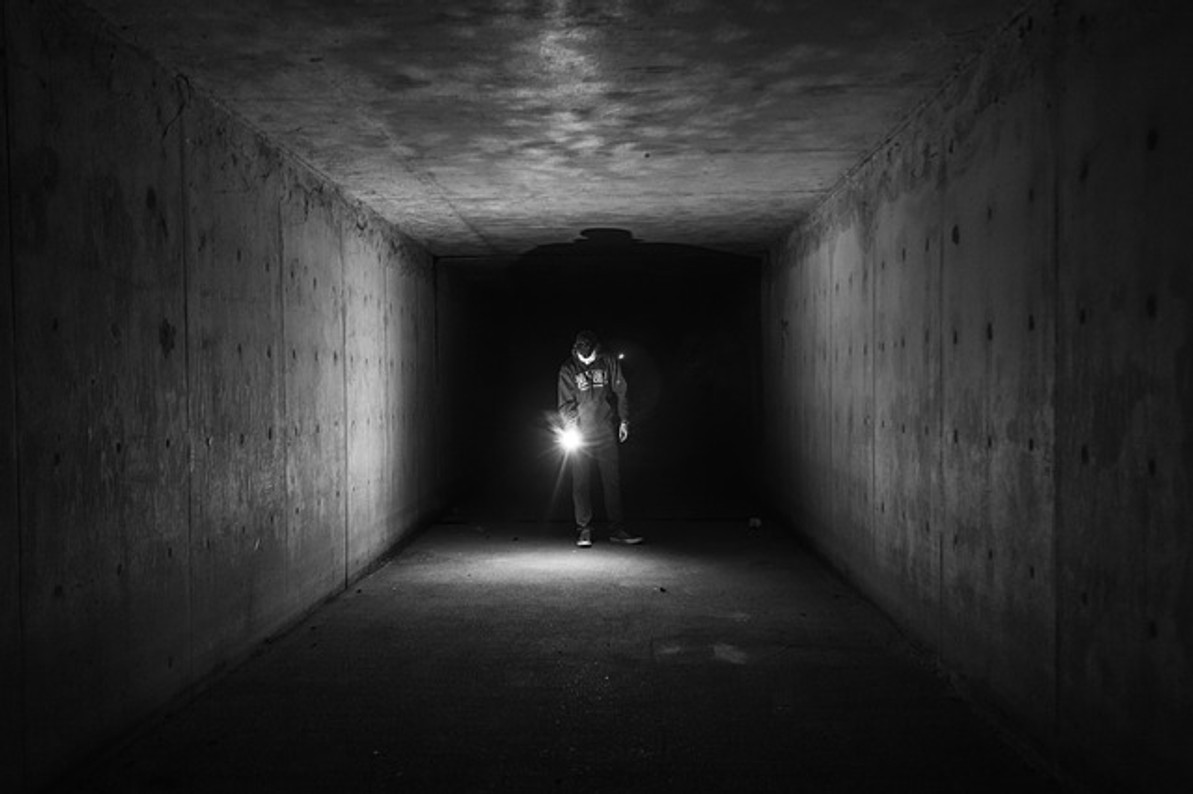How to Prevent Injury When Working in Confined Spaces
Does your job require you to work in confined spaces? Many jobs involve confined spaces. You may be able to physically enter a given space. If it's confined, though, you won't be able to easily move your body. Rather, your mobility and flexibility will be limited.
Due to their physically restrictive nature, confined spaces pose a serious hazard to workers. According to the U.S. Bureau of Labor Statistics (BLS), over 1,000 workers died from 2011 to 2019 while working in a confined space. Of course, confined spaces can cause nonfatal injuries, both minor and severe, as well. To stay safe while working in a confined space, you should consider the following tips.
Obtain Permits
Certain types of confined spaces require a permit to enter. Known as a permit space, they generally consist of spaces that either have a hazardous atmosphere, pose the risk of asphyxiation, contain unguarded machinery have exposed live wires or have a potentially dangerous hot temperature. For permit spaces such as this, you should obtain a permit to enter.
Test the Air
It's a good idea to test the air before entering a confined space. There are atmospheric sensors that are designed specifically for this purpose. When turned on, an atmospheric sensor will measure levels of contaminants in the air.
Atmospheric sensors can test for many different airborne contaminants, some of which include:
- Carbon dioxide
- Carbon monoxide
- Hydrogen sulfide
- Sulfur dioxide
- Volatile organic compounds (VOCs)
Cover Your Body
Always cover your body when working in a confined space. You should avoid wearing short-sleeve shirts or shorts. Instead, wear clothes that completely cover all of your body. Depending on the specific type of confined space, you may want to layer up in a full-body suit as well. You can wear a protective full-body suit over your existing outfit.
Wear PPE
Wearing personal protective equipment (PPE) will inevitably lower your risk of injury while working in a confined space. Different jobs, of course, require different types of PPE. Nonetheless, working in a confined space will almost certainly require some PPE items. Failure to wear them will place you at a greater risk for injury.
Eye protection is a common form of PPE for confined spaces. Another form of PPE for confined spaces is hand protection, such as gloves. By wearing the right PPE, you'll be better protected against injury while working in a confined space.
Recent Posts
-
Fire Safety in the Workplace: What You Need to Know
What steps are you taking to prevent fires in your workplace? According to the U.S. Occupational Saf …Aug 23rd 2023 -
Is It Safe to Go Jogging With a Cold Infection?
If you're suffering from a cold infection, you might be wondering whether it's safe to go jogging. T …Aug 22nd 2023 -
5 Safety Tips to Follow When Using a Powder-Actuated Tool
Powder-actuated tools are commonly used to join materials to steel and concrete. Also known as Hilti …Aug 20th 2023




